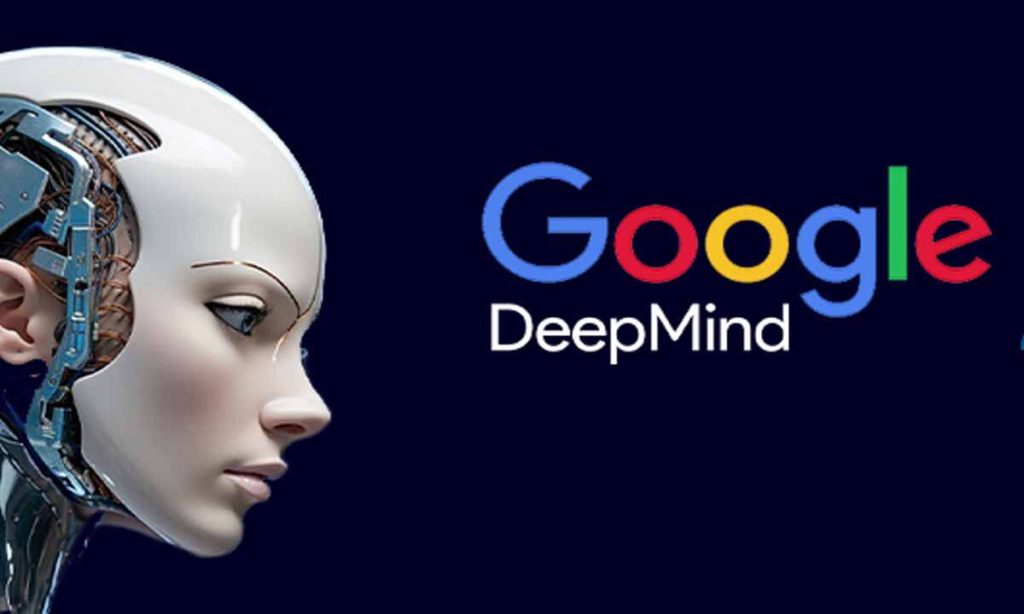In a significant stride toward building human-like artificial intelligence, Google DeepMind has introduced Genie 3, the third generation of its groundbreaking AI “world model.” This sophisticated system can now generate interactive 3D environments where both humans and AI agents can explore, move, and interact—ushering in a new era of immersive AI applications.
Announced on August 6, 2025, Genie 3 pushes the boundaries of digital simulation by making the generated worlds more realistic, visually consistent, and context-aware. Unlike earlier models, Genie 3 can remember the location of objects and visual details for up to a full minute, even when a user looks away and returns later—an ability crucial for maintaining continuity in virtual spaces.
This release builds on the foundation laid by Genie 2, which debuted in December last year. Genie 2 had the remarkable capability of constructing interactive environments from a single image. However, it was limited by brief interaction times (10–20 seconds) and issues with visual stability. Genie 3 addresses these concerns head-on by extending interaction times to several minutes, ensuring more fluid and coherent experiences.
The new system renders 3D environments in 720p resolution at 24 frames per second, striking a balance between performance and visual quality. One of the most exciting updates in Genie 3 is the inclusion of “promptable world events”—a feature that allows users to modify their surroundings using simple text commands. Whether it’s changing the weather or introducing new characters into the scene, users can dynamically shape their virtual worlds with just a few words.
“World models” like Genie are central to the vision of autonomous AI systems that can learn, adapt, and perform in dynamic, lifelike environments. These models are not just tools for entertainment; they’re also being explored for applications in robot training, AI safety testing, and cognitive simulations.
However, the launch of Genie 3 comes with caution. As DeepMind emphasizes, the model will not be made publicly available just yet. Instead, a limited research preview is being rolled out to a select group of academics and creators, allowing them to study potential risks and contribute to the development of responsible safety protocols.
“Readable text” within the generated worlds is also being handled with care. For now, such content will appear only if it was explicitly included in the initial prompt. This measure is likely aimed at preventing misuse or the generation of unintended messages in these digital environments.
Interestingly, the team behind Genie 3 includes leadership that previously co-led OpenAI’s Sora video generation project, signaling a convergence of top AI talent in this fast-evolving space.
As researchers begin testing the model, the broader AI community will be closely watching to see how Genie 3 influences the development of more context-aware, interactive, and intelligent virtual agents.
While access is limited today, the potential future for Genie 3 and similar world models is vast—blurring the lines between reality and simulation in a controlled, creative, and collaborative way.

